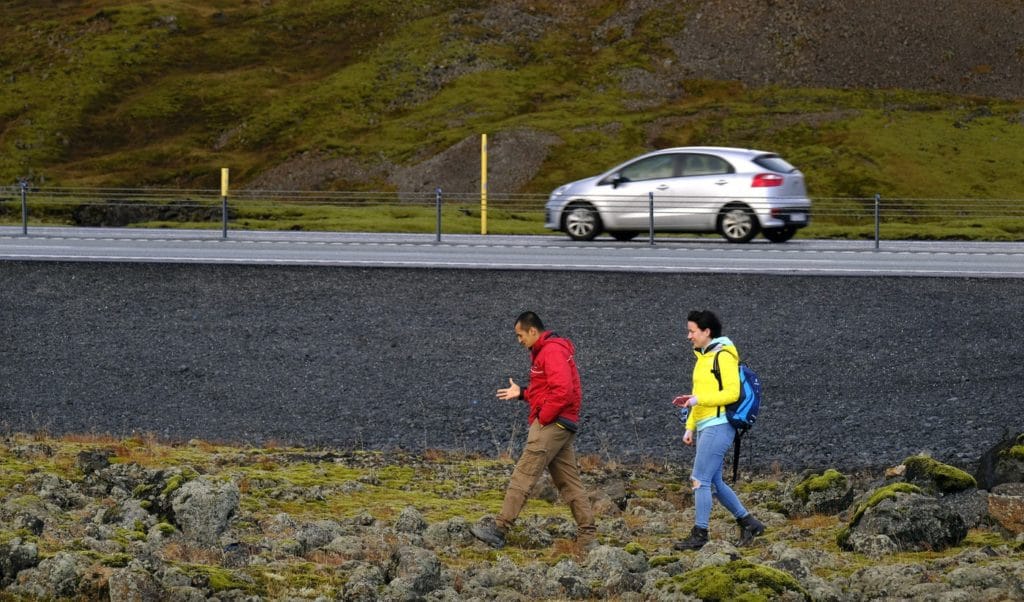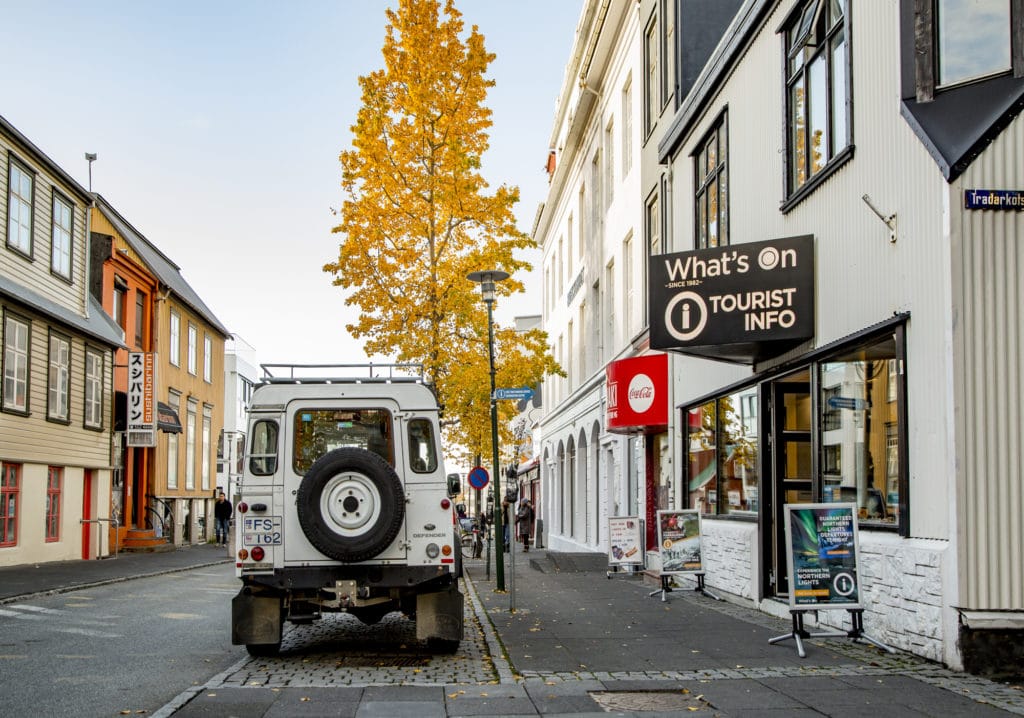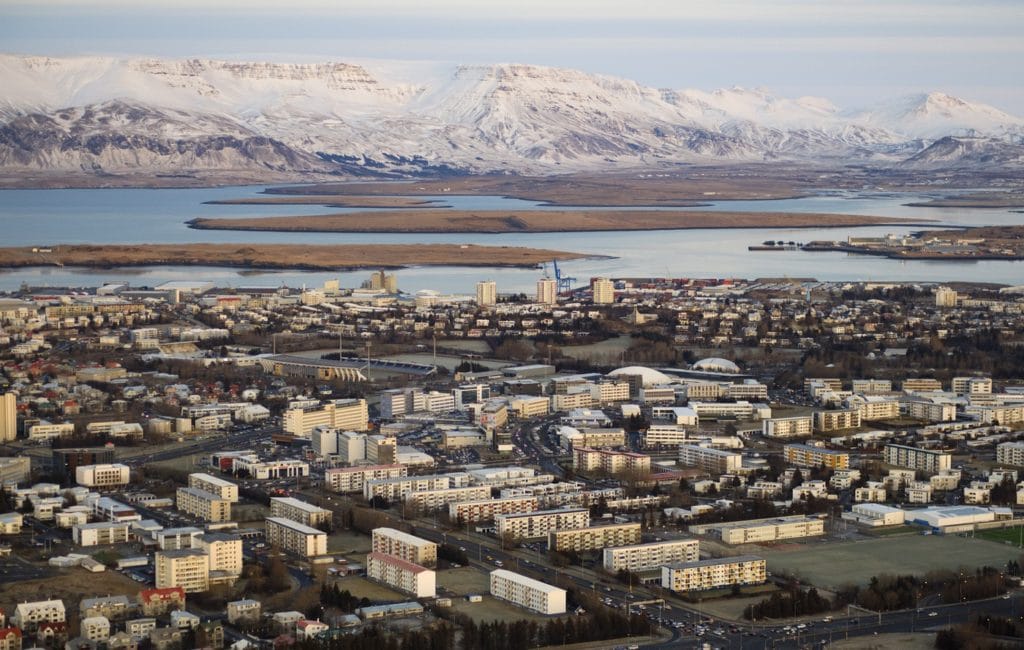Driving
Watch out for sheep
In rural areas, there aren’t necessarily fences blocking sheep from the road. They’ll probably run off the road as you approach, but be careful, especially if a mother and her lambs are on separate sides of the road.
Get some rest
In summer, the midnight sun will make the days seem longer, almost eliminating the need for sleep. But be sure to get enough rest, because a tired driver can be more dangerous than a drunk one.
Wear shades
Speaking of the midnight sun, in the evening it sits low in the sky, shining straight into your eyes when driving in some directions. Now’s your chance to wear sunglasses at night.
Don’t stop
Don’t stop in the middle of the road, that is. We know that the landscapes are gorgeous and that it seems like you’re the only person on the road, but you’re not. Stopping in the middle of the road to take pictures is extremely dangerous, so make sure to find a parking spot along the road before you start snapping photos. Most of the best viewpoints have a parking spot for that specific purpose!
Be prepared for gravel roads
As you get farther away from Reykjavík, the more likely it is that you’ll have to drive on some gravel roads. The speed limit for these roads is lower and you need to take more care while driving. Consult your car rental company to know if your car is insured for driving on gravel roads.
Drive like Goldilocks
Don’t drive too fast, not too slow – just keep the right pace. Driving too fast is dangerous for obvious reasons but driving too slowly can be dangerous, too. Try to match your speed with the traffic, and if you want to admire the view, just stop at the frequent designated stops.
Be prepared
If you’re going far from the city, make sure to always keep your gas tank at least half full, since gas stations might be few and far between.
Stick to the road
Off-road driving is completely forbidden. Not only does it damage Iceland’s fragile nature, it’s also subject to heavy fines. Plus, your rental car will not be insured for the damage you’ll cause to the car and the landscape, so always stay on the road!
Respect road closures
If the road is closed, there’s a good reason for it, there’s danger ahead. Do not, under any circumstances, ignore road closures.
Hiking
Check the forecast
The most important thing to remember if you’re going hiking is to check the weather forecast and plan accordingly. Even during summer, the Icelandic highlands can experience some extreme weather.
Dress for the occasion
Good shoes are important, especially if you’re going for longer hikes. You also need plenty of warm clothes, even during the height of summer. Think layers!
Make plans
Map out your route, and if you’re going on longer hikes, plan your accommodation and food supply. Iceland’s interior is almost entirely uninhabited, so you’ll have to bring everything you’ll need. Plan reasonable distances for your fitness level.
Let someone know
Leave your travel plans with someone who can react if something happens. Also leave your travel plans on the website www.safetravel.is and consider renting an emergency PLB (Personal Locator Beacon).
Know where you’re going
Bring a map, a compass, and/or a GPS to help you navigate.
Do‘s and don‘ts
Do stick to paths where possible. It’s safer for you as well as nature.
Don’t camp outside of designated campsites. Wild camping is strictly forbidden.
Do respect signs and road closures. Mostly, authorities expect visitors to keep their wits about them when travelling. If they’ve made the effort to put up a sign, there’s a reason.
Don’t build cairns. Cairns used to be signposts, marking routes across mountains. Although mostly obsolete, false cairns are never a good idea.
Do treat Iceland with respect. Try to leave every place you visited the same as it was when you arrived.
For more information, visit safetravel.is



